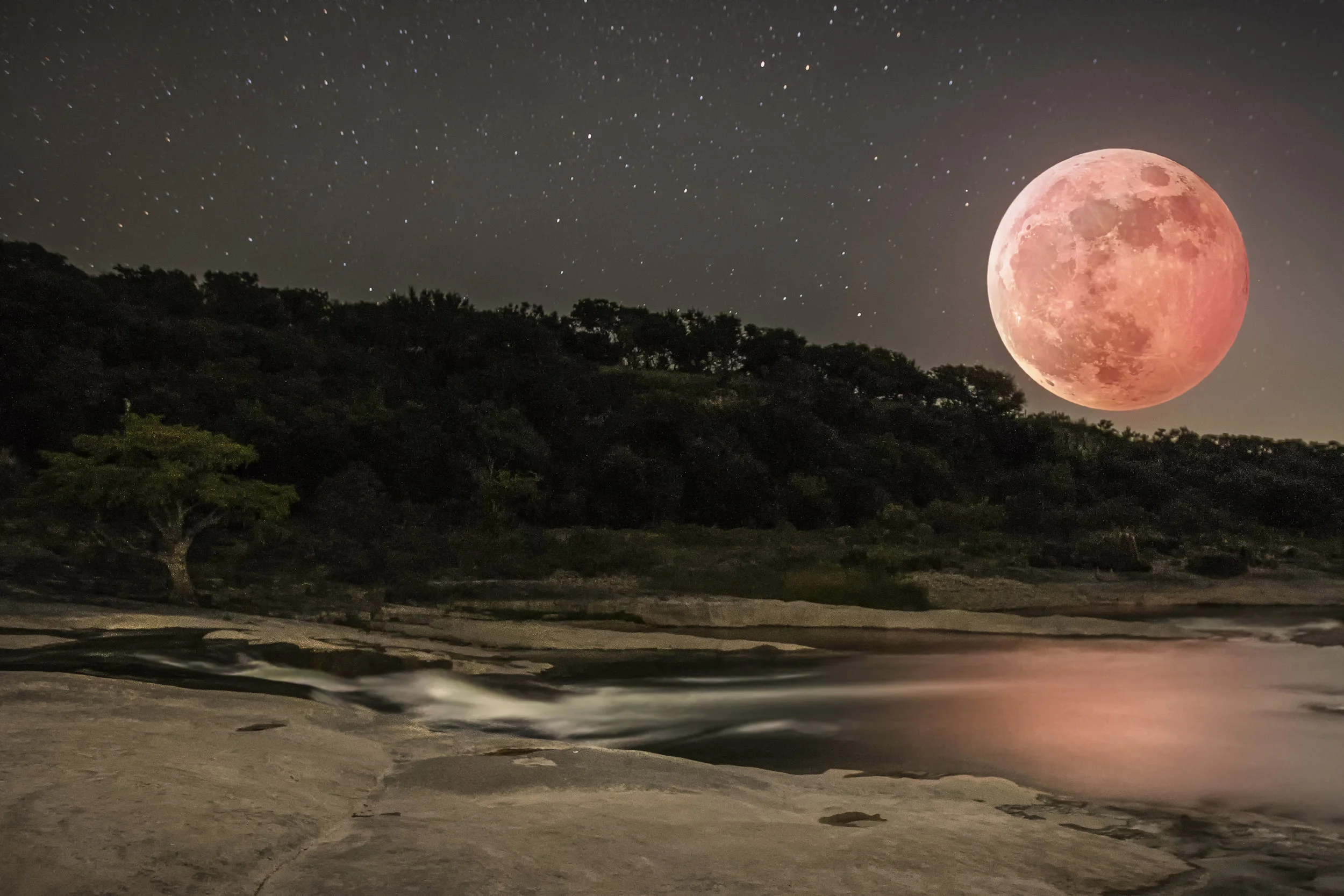Bluebonnet season is right around the corner. In fact, we were already seeing some early blooming in extreme southern locations along the Rio Grande and Gulf Coast. I wouldn’t expect widespread blooming anytime over the next several weeks after the recent winter storm and as temps stay on the cool side across most of the state. If current trends verify, I would expect the season to be right on schedule, with southern locations blooming in the middle of March and northern locations filling in through the first two weeks of April.
It was nice to experience, at least some degree of normalcy, for the bulk of the year with no shutdowns or cancelled workshops.
We kicked off the year in March with our usual Astrophotography and Advanced Astrophotography Workshops.. The weather was cooperative, which was great since the astrophotography workshop was our biggest ever with 40 guests (after the 2020 versions were cancelled).
This was a really difficult year for our business. It started out normal enough, and although I was keeping an eye on the situation developing in Wuhan, I never imagined it would hit here as hard as it did. Our first week of workshops were scheduled to begin on March 20th. In seven years of running workshops we had never cancelled an event.
Let me just start by saying the real toll of the novel coronavirus will be told in the loss of lives and none of the following is meant to minimize that. The economic impact is already devastating, for our industry and many industries in general. A lot of people are hurting right now, confused what to do about the plans they have made in the coming months. Businesses are shutting down or running at partial capacity. Everyone should be practicing social distancing and I’m honestly disgusted seeing crowds still gathering. For those of us in the photo-tourism industry, if coronavirus hasn’t affected your business yet, it’s going to sooner than later.
The 2019 Texas Bluebonnet season is right around the corner and early indications look promising for a solid season. Last year was the worst season I have witnessed, there were some nice scenes to find but it took a ton work and a lot of driving to find them. The Texas Hill Country had nothing to speak of in the way of bluebonnets.
2017 was an interesting year for Texas Bluebonnets. Overall, it was a good but not great season. An early onset to spring brought on two distinct blooms. If you knew where to look, there were excellent fields for about 6 weeks, from early March through mid-April. Northern Texas still had blooms hanging around in late April. The roadsides were good in spots but levels of coverage were below what we had seen over the last several seasons.
Photographing Northern Lights can seem like a daunting task. Planning to shoot this phenomenon can require combining a little bit of astronomy with meteorology. You will need some clear skies. Looking at a basic local forecast, you wouldn't want to see more than 50% cloud coverage. If the forecast looks clear, get an aurora map and you will be good to go.
On April 29, 2017, I was chasing supercells through Van Zandt County with my wife, Savannah Weingart and friend, Matt Phelps. We saw the storm in its initial stages south of the town of Malakov. The environment was so heavily sheared it immediately began rotating and quickly had a tornado warning issued for it.
Torando sirens blared as we followed the wall cloud through town. We drove northeast reposition as the storm was moving quickly.
Current signs are pointing to an above average bluebonnet season for the Texas Hill Country. As we transitioned from El Nino to La Nina, winter temperatures returned to a more seasonably cooler normal, with a few weeks of very cold temperatures. We have also seen some precipitation over the last few weeks with many areas receiving three to four inches.
2016 was by far the most successful year for my career in photography, which should be expected as each year you gain knowledge and confidence. The jump I saw in my income from my photography was astronomical. This was the first year that I didn't have to work a side job to make ends meet, all income came directly from my photographic work. One of my biggest issues was that I used to wait to be inspired, but now I find inspiration in my progress.
2016 was an exceptional year for my career and photographic work. For the first time, I focused my entire year on creating timelapses (see video below).
My first book, The Anatomy of Severe Weather was released in February. After spending much of 2015 working on the book, it was nice to get out and shoot more often.




















